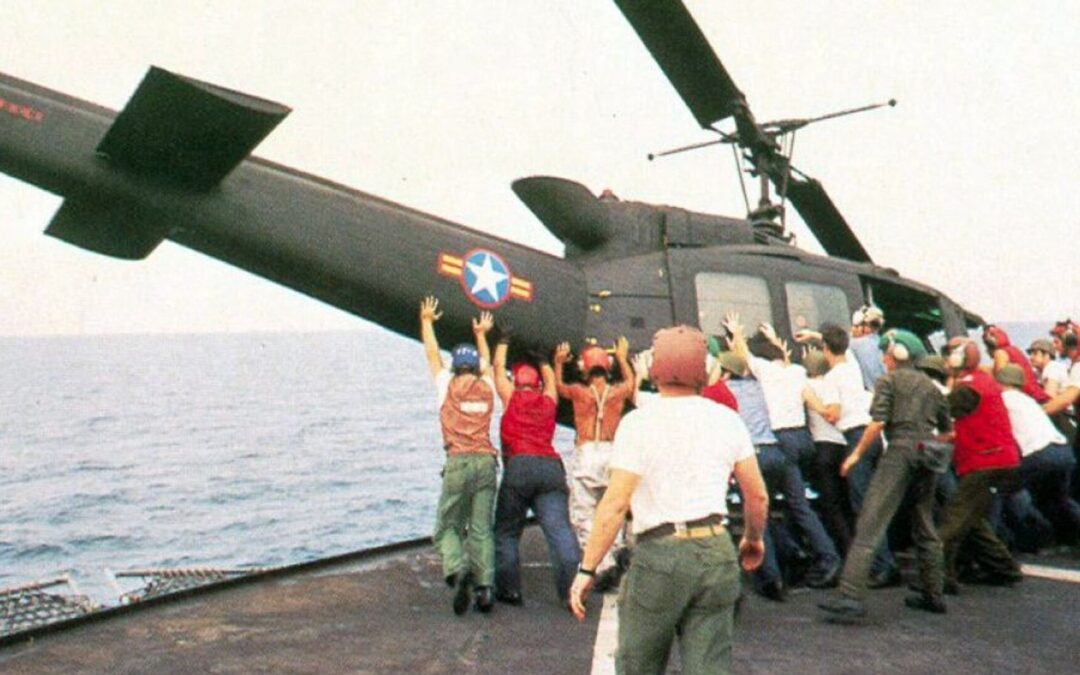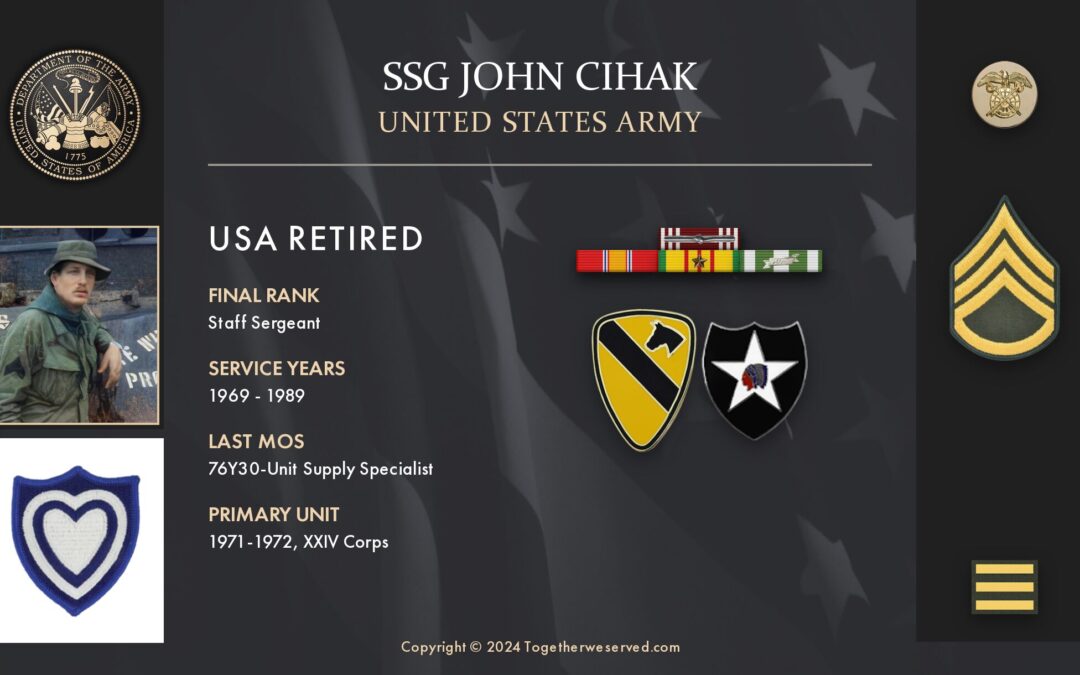Of all the military operations you participated in, including combat, humanitarian or peacekeeping operations, which of these made a lasting impact on you and why?:
Somewhere in Cambodia during “Operation Rock Crusher” courtesy of President Nixon’s planned “Incursion” in May/June 1970, the 1st Cavalry Division’s Charlie Company 1/12th is set up in its “Night Defensive Position” in a thicket just off a sandy, well traveled road. After setting up our “perimeter” and “automatic ambush” to cover the approach of the road, we settled down for the night.











